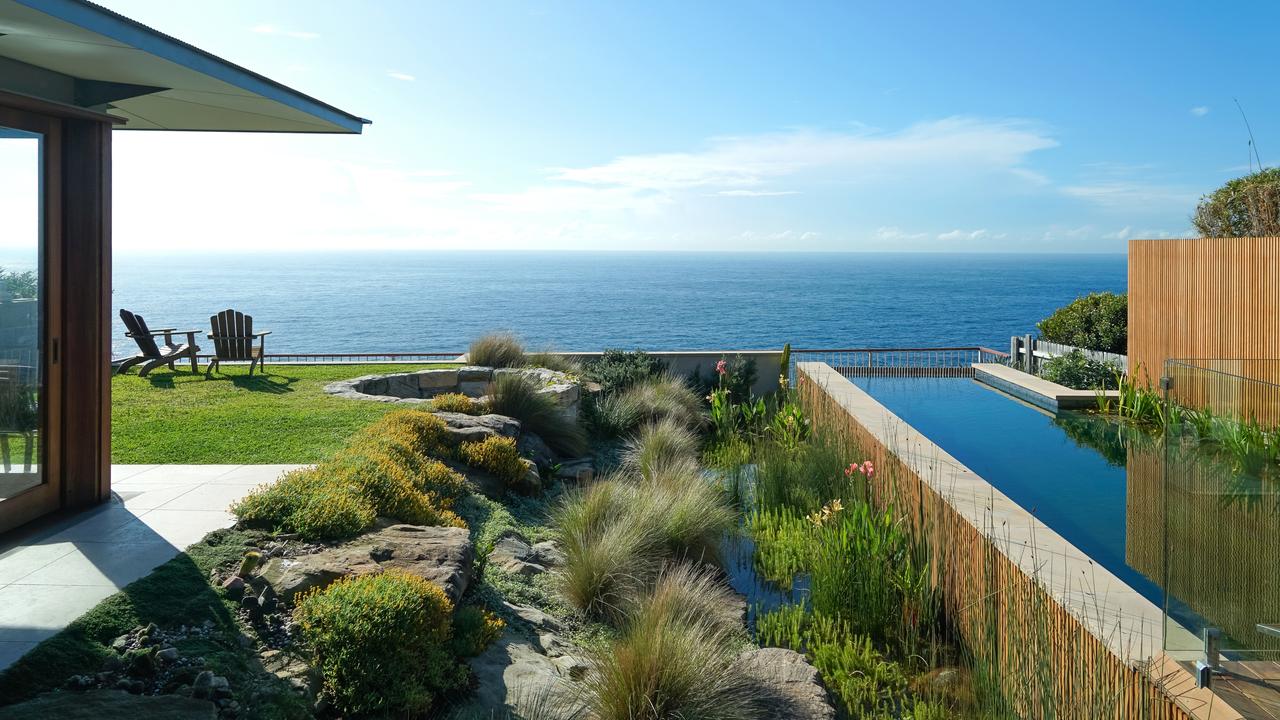Raised garden beds: make your vegies sing
Growing your own vegetables is fun and healthy, but also a challenge. Here’s how to do it if you don’t have a large yard.

The urge to grow some of our fresh food at home continues to be strong, and it’s a great idea for so many reasons. It’s healthy, it gets our hands and hearts in contact with the earth, it cuts down food miles, teaches children valuable skills, and it’s such a darn pleasure eating what you grew and harvested yourself.
But it also can be a source of despair for many who start with enthusiasm and hope, only to be defeated by the many things that can go wrong.
Vegetables can be demanding little things. They need optimum conditions to grow quickly, stay healthy and deliver a good crop. The two main requirements for success are a sunny spot and rich, well-drained soil. But most of us don’t have a spare bit of garden like this, which is where raised vegie beds prove their worth.
Whether it’s a prefabricated kit or one you build yourself, you can install a raised bed anywhere sunny, even if it’s on concrete, lawn or rocky soil. Because you fill it with rich new soil, good drainage is assured and there’s no root competition from existing plants. Raised beds tend to receive more sun and the soil stays warmer too. So the plants have ideal growing conditions.
For gardeners, the height makes working in the beds easier. Raised beds are harder for boisterous dogs to jump into and they can be covered to protect against weather, insects, and thieving birds and possums.
These advantages have created a strong market for kit or modular vegie beds, meaning you can choose almost any shape or size, and materials that include corrugated steel in a range of colours, food-grade plastic, natural timbers, and composite products using recycled materials such as eWood. Prices are competitive, and many kits are made here. They’re easy to assemble and you can take them with you if you move house. Optional accessories can include netting systems, trellis systems, irrigation kits and a clip-on working bench. Some have edges you can sit on; others incorporate water storage and solar-powered irrigation.
Be aware dark coloured materials will soak up and hold heat, which is helpful in cold climates but not in extreme heat. In hot spots, use pale, reflective colours or plant perennials against the beds’ west and north sides, such as rosemary, lavender and salvias, to attract bees and other beneficial insects.
While the tallest modular beds are easiest to work in, there are important issues about filling them. Some have a false plastic bottom or use the lower space for water storage, but others don’t.
To fill up your raised vegie bed, use premium quality potting mix or highly organic improved soil mix only in the top 300mm. Below that depth there is insufficient oxygen for organic matter to decompose and it can turn foul. Blend your top mix 50-50 with washed sand to fill at 300mm-500mm depth. Below 500mm use just sand, adding some rocks or chunks of styrofoam if desired to help fill up space.
If using specialised soil mixes in bulk from landscape suppliers, add some vermiculite or perlite, which make the mix lighter and more open. These mineral-based additives also improve water and nutrient-holding capacity, but unlike organic matter they don’t break down quickly.




To join the conversation, please log in. Don't have an account? Register
Join the conversation, you are commenting as Logout